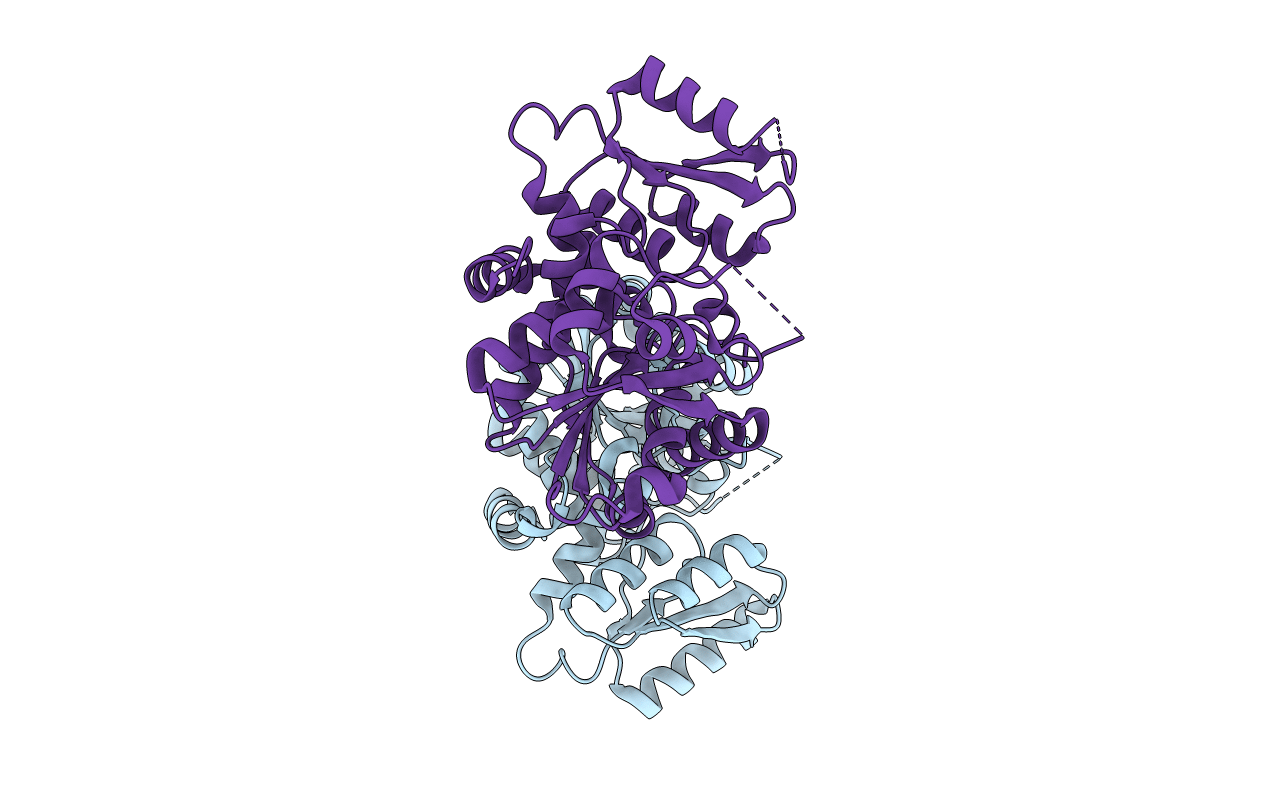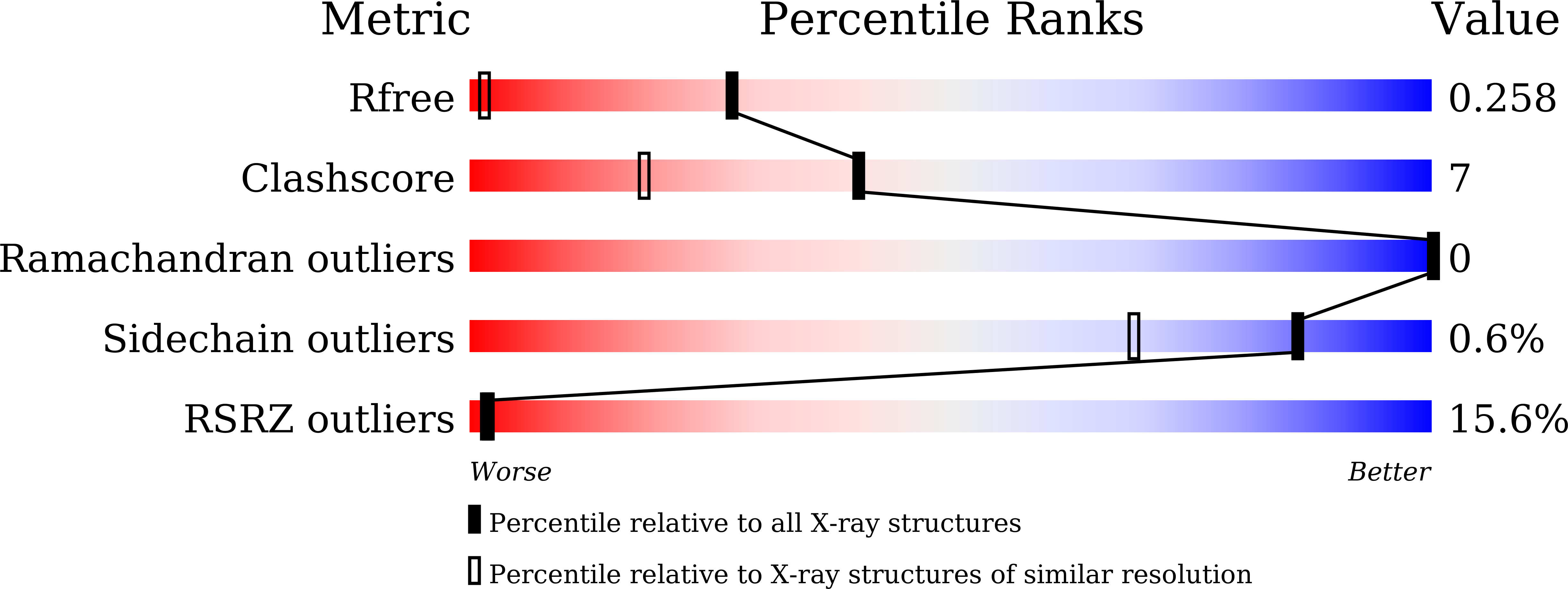
Deposition Date
2020-01-31
Release Date
2020-12-09
Last Version Date
2023-11-29
Entry Detail
PDB ID:
6LUT
Keywords:
Title:
Crystal structure of Serine Racemase from Dictyostelium discoideum.
Biological Source:
Source Organism:
Dictyostelium discoideum (Taxon ID: 44689)
Host Organism:
Method Details:
Experimental Method:
Resolution:
1.35 Å
R-Value Free:
0.26
R-Value Work:
0.24
R-Value Observed:
0.24
Space Group:
P 1


